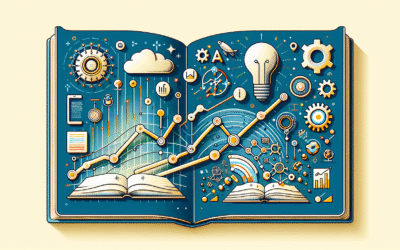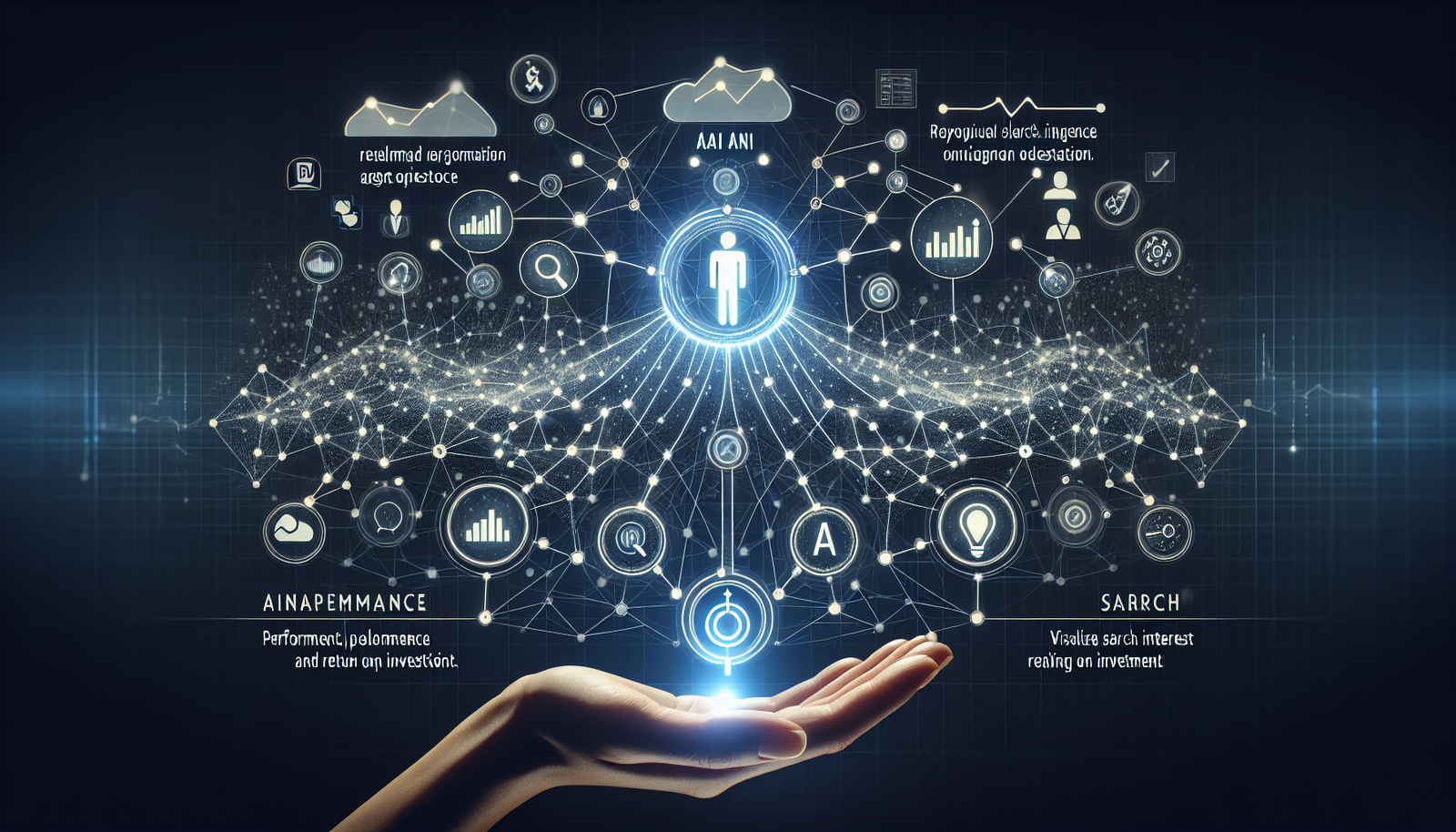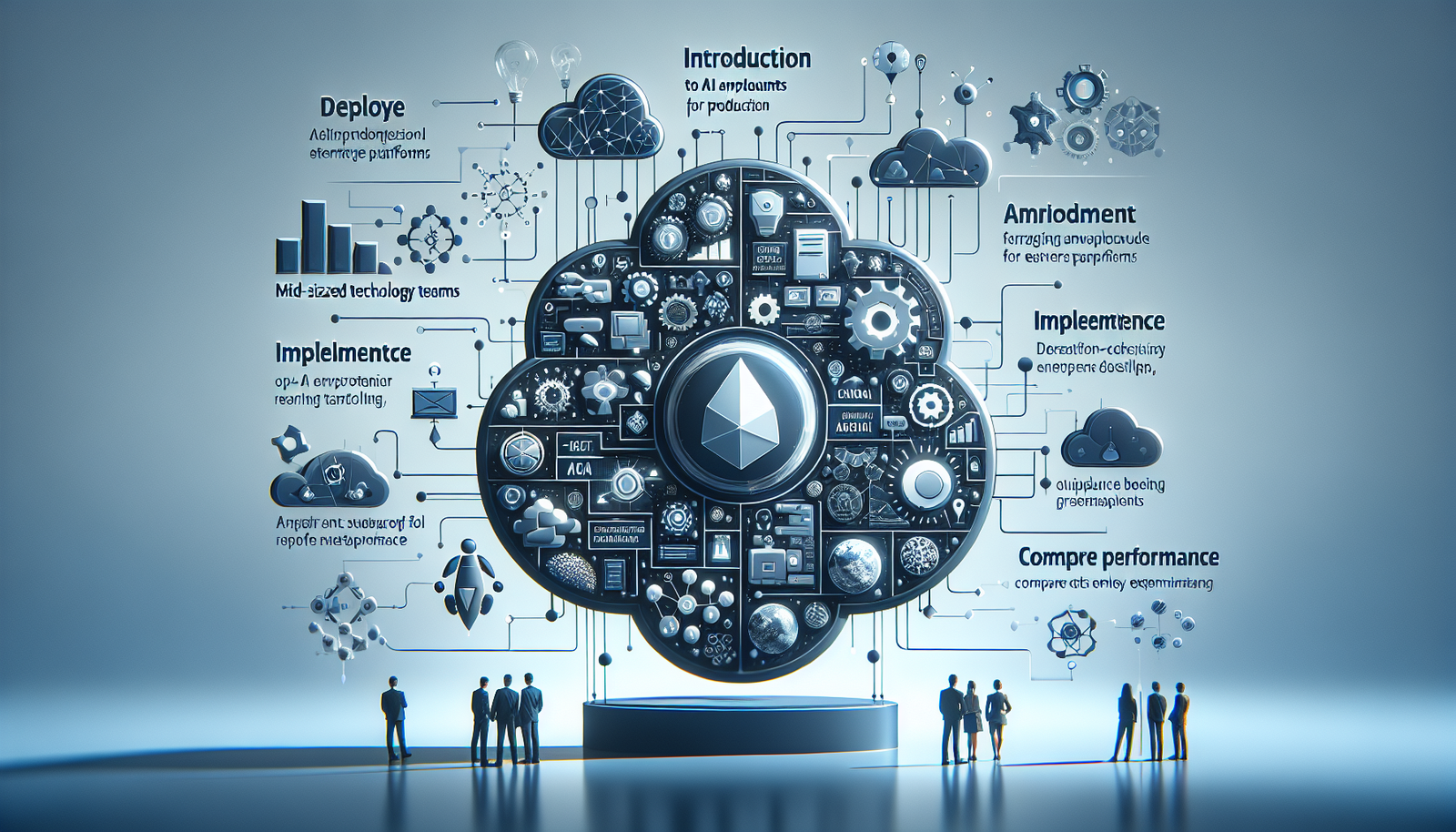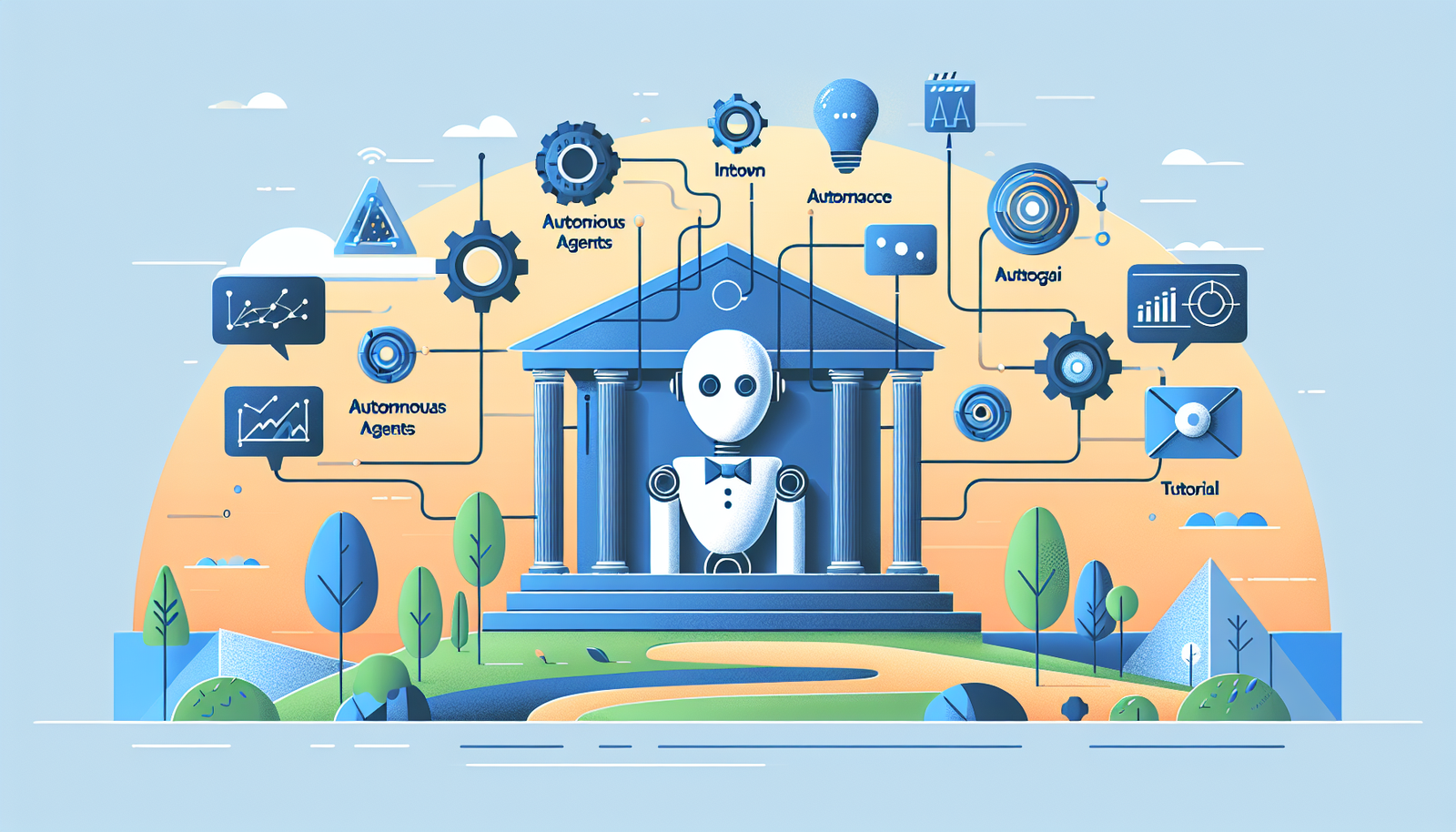Best AI Agent Deployment Platform for Your Tech Stack in 2025
As enterprises race to embed agentic AI into their workflows, choosing the best AI agent deployment platform in 2025 becomes a core infrastructure decision. This guide breaks down what these platforms are, their must-have features, and how to find the right fit for your tech stack—whether you’re deploying a handful of task agents or scaling enterprise-wide orchestration.
What Is an AI Agent Deployment Platform?
Defining AI Agents and Their Role
AI agents are systems capable of autonomous task execution using tools, memory, models, and decision logic. Think of them as AI ‘workers’ that can book meetings, file reports, or analyze data without direct prompts.
The Difference Between Frameworks and Deployment Stacks
Frameworks like LangChain or AutoGen provide the logic to build agents. Deployment platforms, on the other hand, are how you run, observe, and scale those agents in production-like environments. For instance, developers may prototype an agent with LangChain, then deploy it using LangSmith, Replicate, or a cloud-native service like IBM Watsonx.
Why Deployment Matters in 2025
By 2025, over 40% of business workflows will include autonomous AI operations, according to Gartner. Without the right deployment stack, organizations face downtime, security gaps, or inability to scale agent operations.
Key Features to Look For in 2025 Platforms
Agent Orchestration and Multi-Agent Support
The most advanced platforms can manage dozens of interacting agents with defined roles—termed ‘multi-agent systems’. Microsoft’s AutoGen framework leads here with conversation-based agent interaction.
Observability, Debugging, and Logging
LangSmith provides real-time traces, session logging, and sandboxed testing. Observability is critical for debugging LLM-based behavior and improving reliability.
Security, Sandboxing, and Compliance
As agents handle sensitive data and external APIs, sandboxing their tool access is a must. Platforms like IBM Watsonx Orchestrate emphasize regulated domain deployments meeting SOC2 and GDPR standards.
Framework and Model Compatibility
Look for support for multiple frameworks (e.g., LangChain, Semantic Kernel) and models (e.g., OpenAI, Anthropic, Mistral). Modal and Replicate excel here for Python-first ML teams.
Comparison: Top AI Agent Deployment Platforms in 2025
LangSmith by LangChain
Built for developers in the LangChain ecosystem, LangSmith offers session replay, version control, sandboxed agent testing, and integration with tracing tools. It’s ideal for iterative agent chain refinement and offers a generous free tier.
Microsoft Autogen
Focused on multi-agent orchestration, AutoGen stands out for task decomposition and dynamic conversation threading. Benefited by Azure integration, it’s suited for enterprise Microsoft 365 environments.
CrewAI
Built around ‘crews’ of agents with assigned roles (e.g., researcher, coder), CrewAI simplifies task decomposition and team-based agent design. It’s lighter than AutoGen and popular among individual developers.
Replicate & Modal
These platforms specialize in serverless deployment of Python-based ML agents. Modal lets you run Docker-free cloud apps with GPU/CPU switching, while Replicate auto-scales models built on common frameworks.
IBM Watsonx & AWS Bedrock
Enterprise-ready deployment platforms featuring robust integration with enterprise systems and tight access controls for compliance. Watsonx is notable for its ‘no-code’ orchestration UI and prebuilt enterprise agents.
How to Choose the Best Platform for Your Stack
Compatibility With Existing Tooling
Ensure the platform supports your preferred framework (e.g., LangChain, Semantic Kernel) and model libraries (e.g., OpenAI SDKs, HuggingFace).
Scalability and Cost
- LangSmith: Free tier, scale via API-based usage
- Replicate: Pay-as-you-go with per-active-agent billing
- Watsonx: Tiered enterprise licenses
Enterprise vs Developer Workflows
Developers and startups may prioritize sandboxing and observability (choose: LangSmith, Replicate), while enterprises need workflow integration and compliance (choose: Watsonx, Bedrock).
Open Source vs Enterprise-Grade
Many platforms are open source or offer OSS back-ends. Microsoft Autogen and CrewAI are open source, while enterprise options offer managed services and SLAs.
Conclusion: Future-Proofing Your AI Deployment Strategy
The ideal AI agent deployment platform in 2025 balances flexibility with observability and compliance. Whether you’re experimenting with LangChain chains or deploying enterprise copilots, tools like LangSmith, Replicate, and Watsonx give you the control to move fast without breaking production workflows.
FAQ: AI Agent Deployment
What’s the difference between LangChain and LangSmith?
LangChain is a development framework for chaining LLMs and tools; LangSmith is its deployment and observability platform—used to debug and manage agents.
Can I run multi-agent systems with LangChain alone?
LangChain supports basic multi-agent chains, but for true multi-role orchestration, platforms like AutoGen or CrewAI provide better abstractions and coordination.
Which platform supports the most models?
Platforms like Replicate and Modal offer broad support for open-source and commercial models via containers or APIs—ideal for experimentation.
Focus Keyword: best ai agent deployment platform 2025






